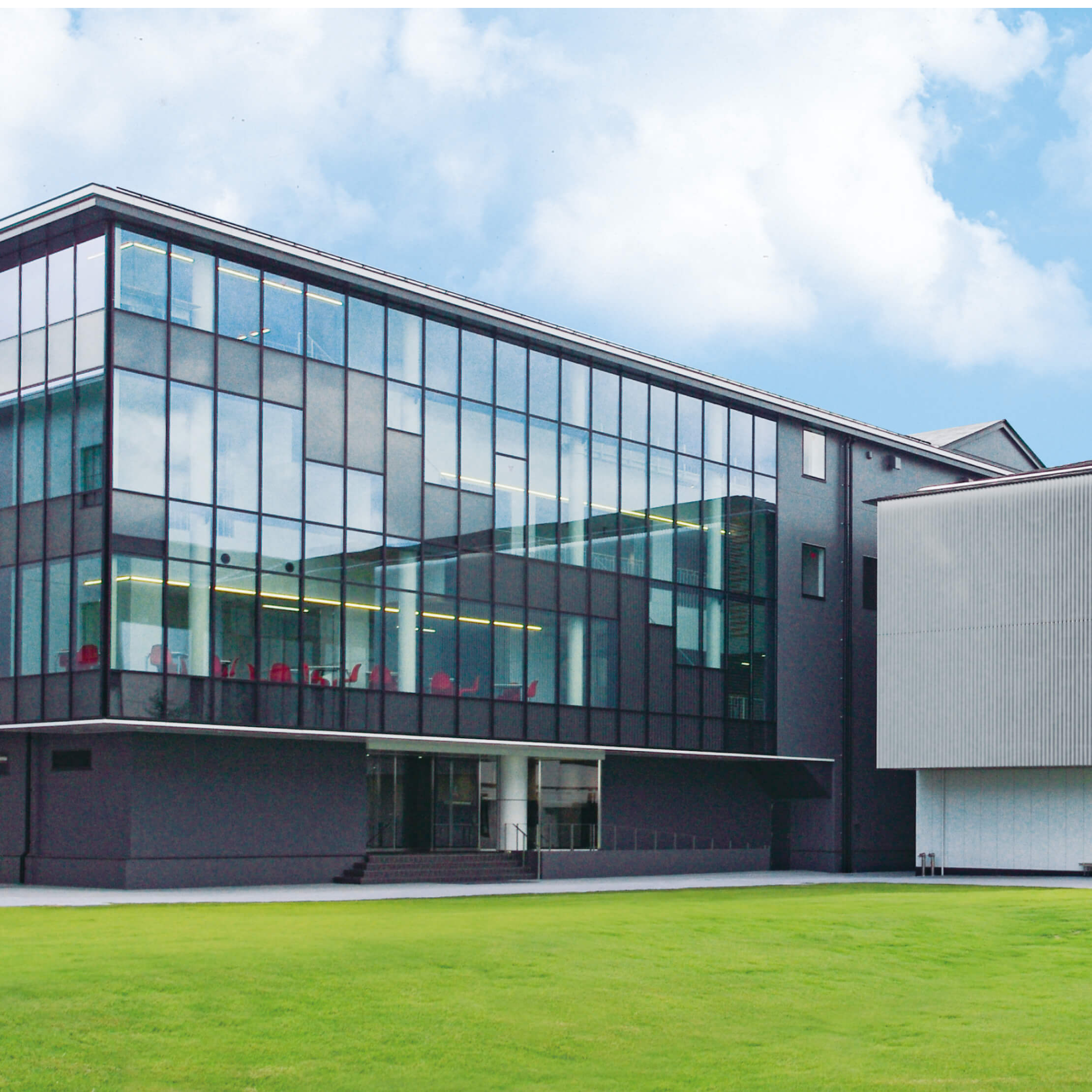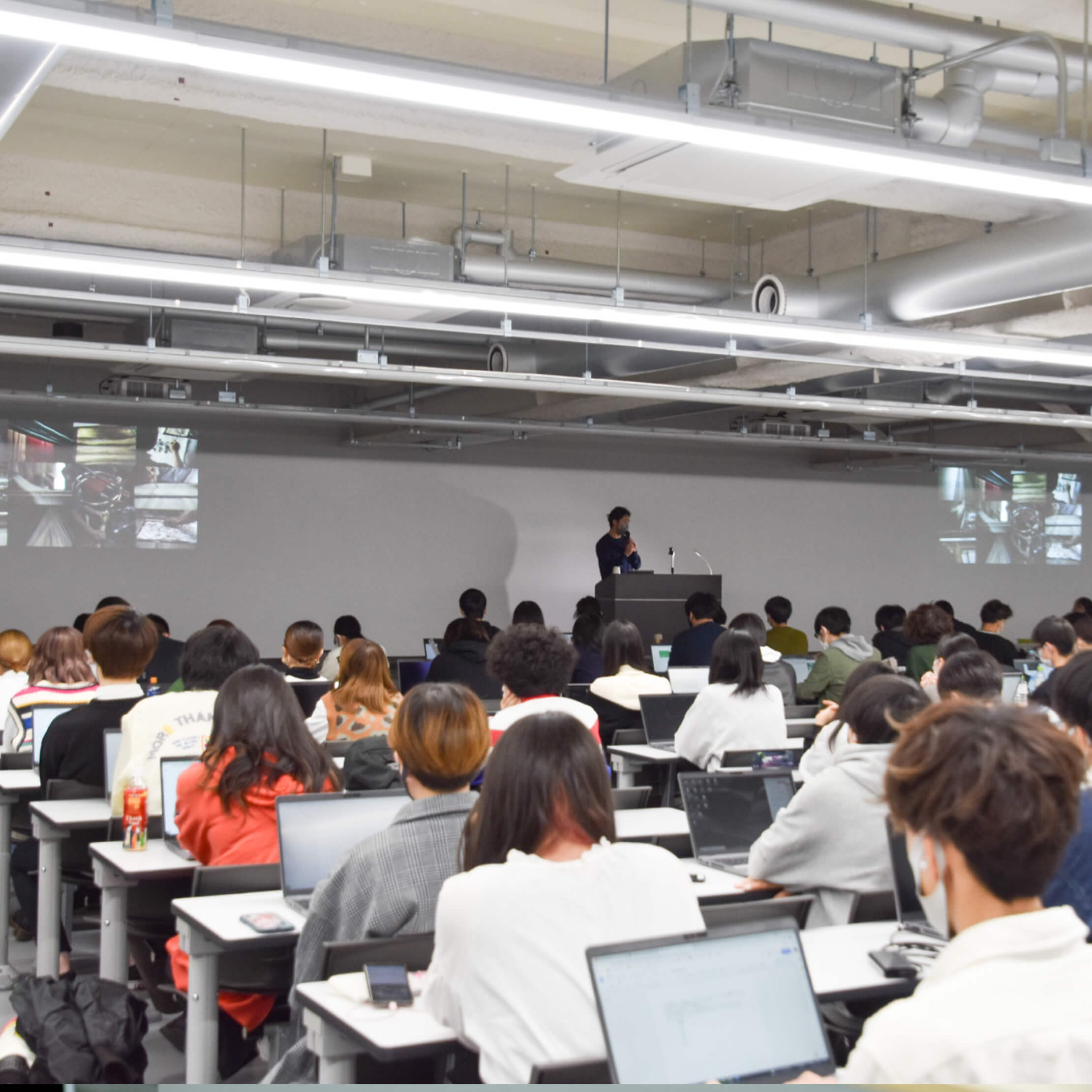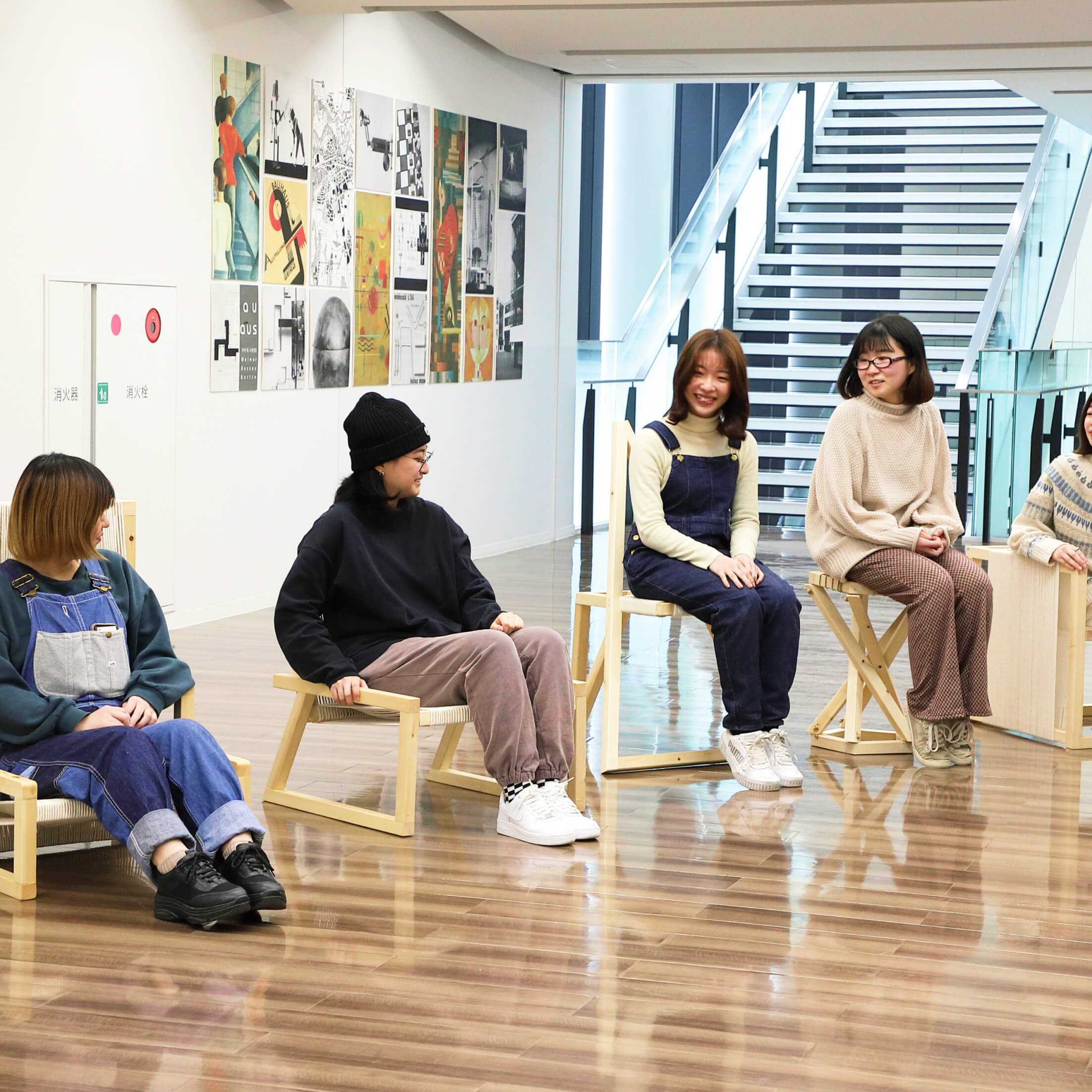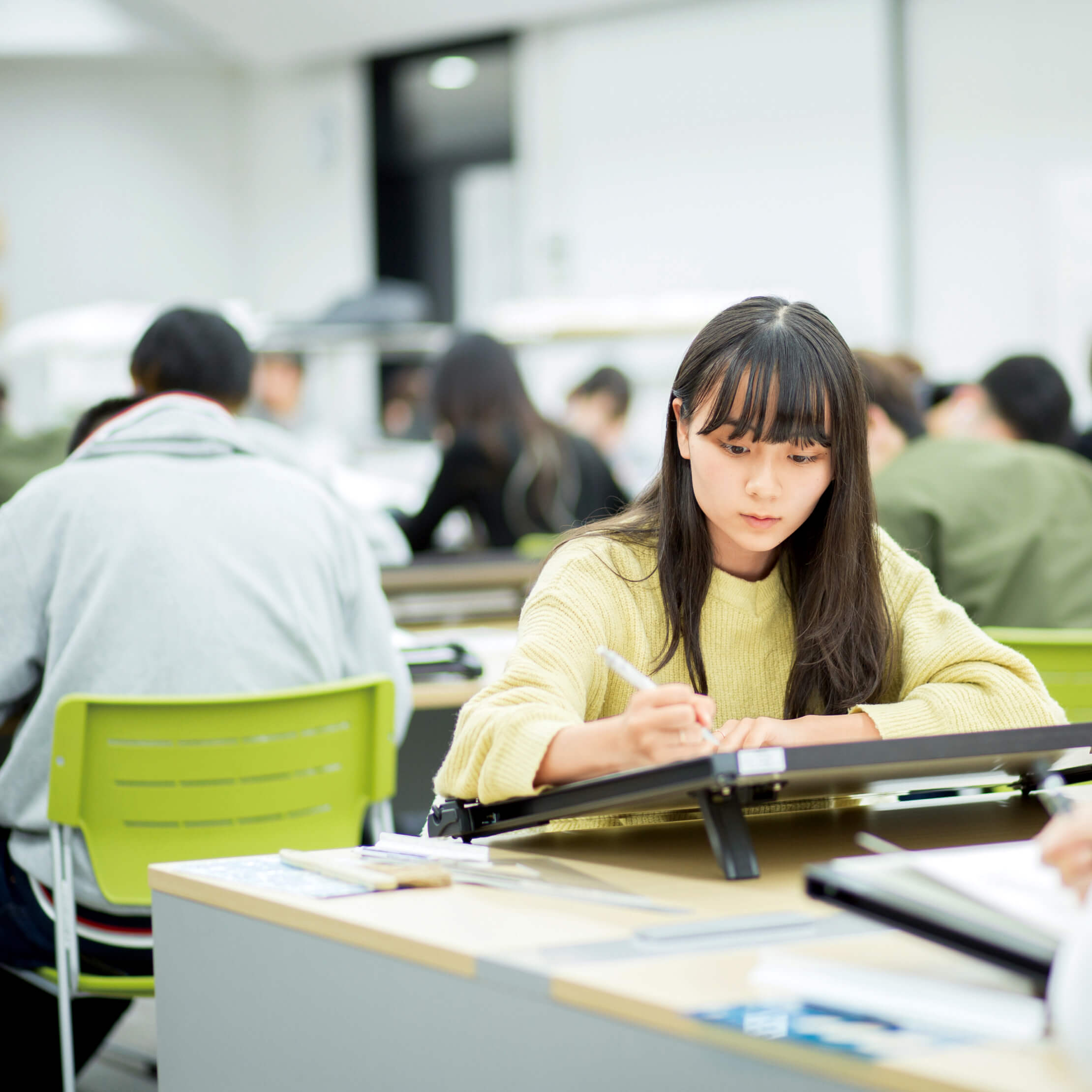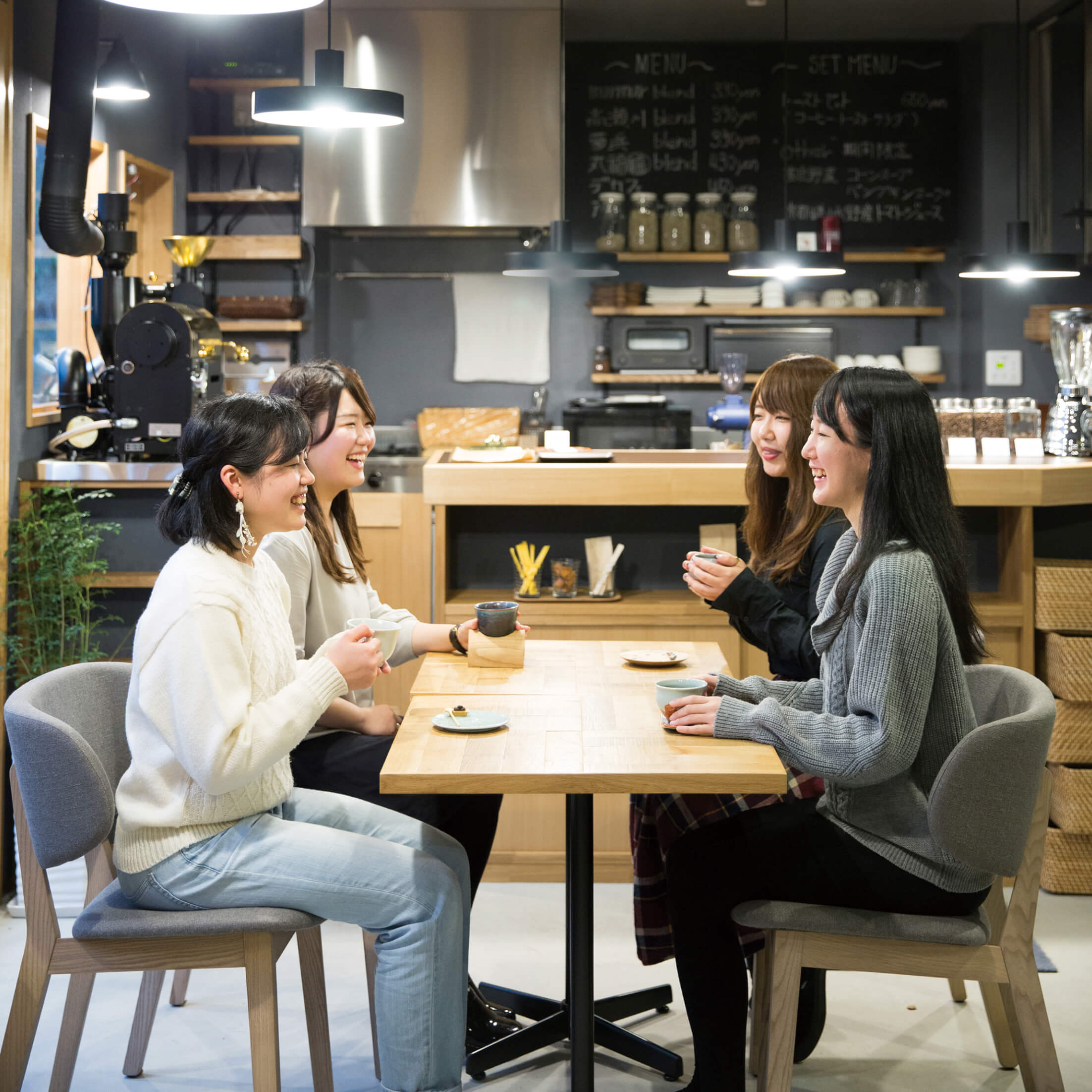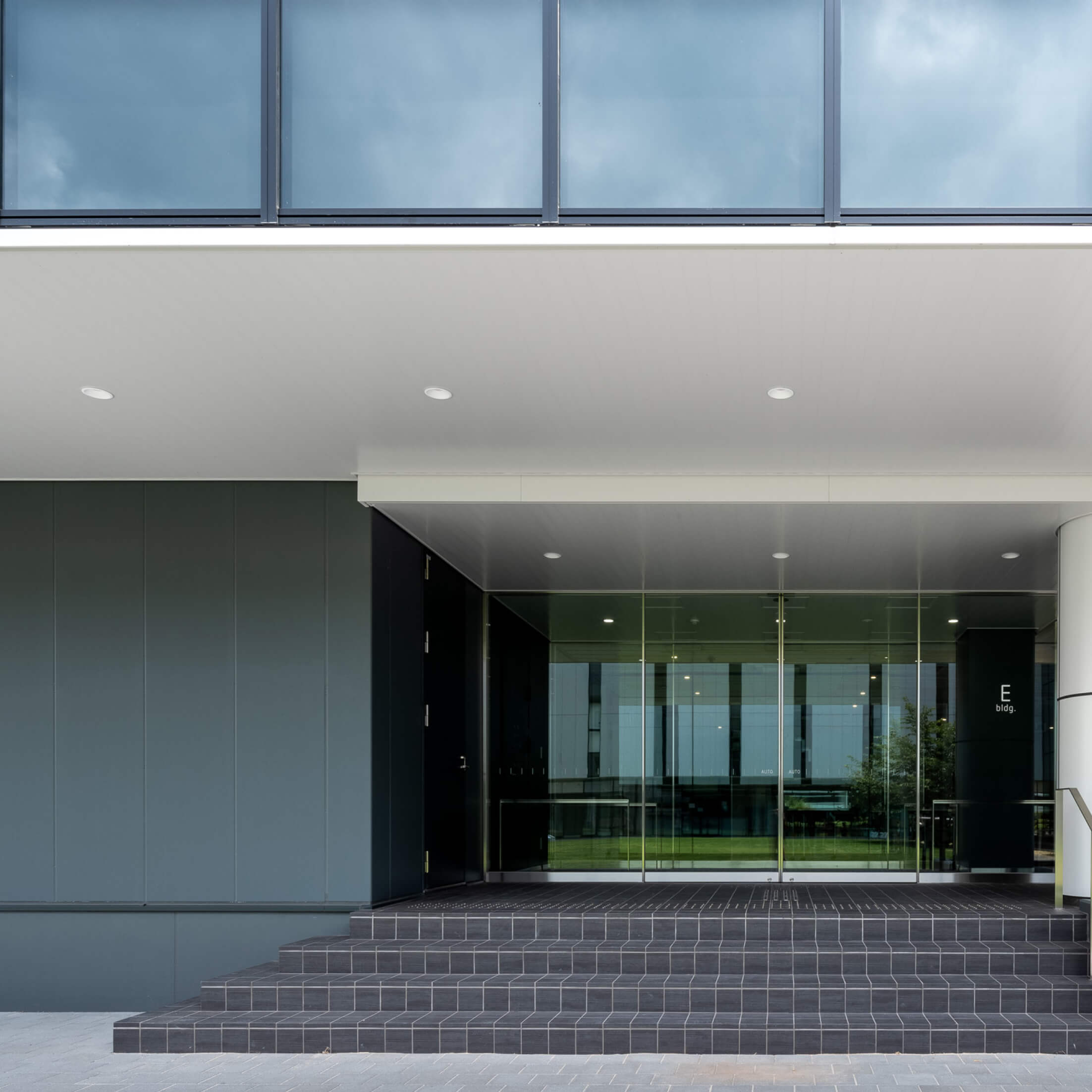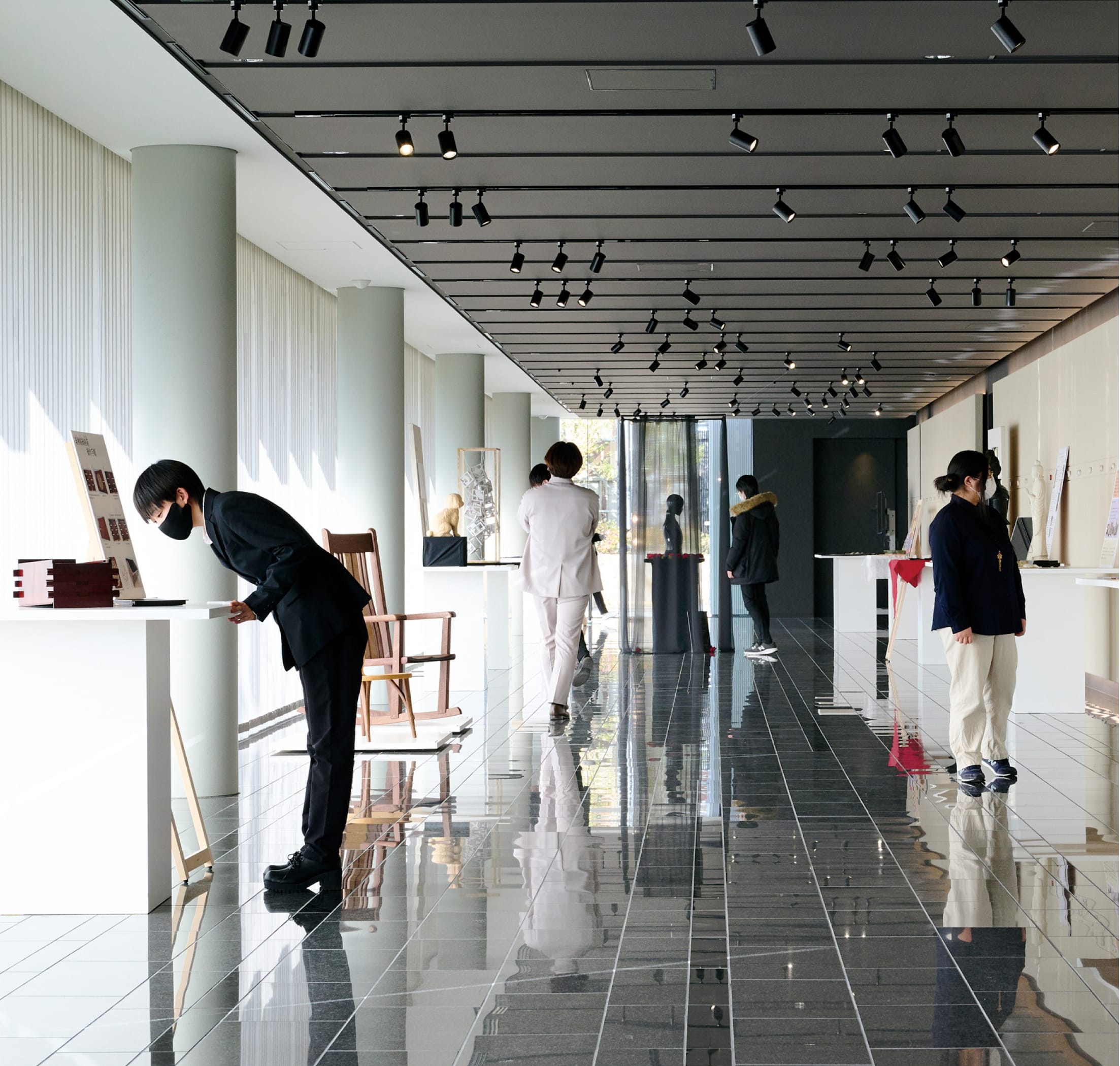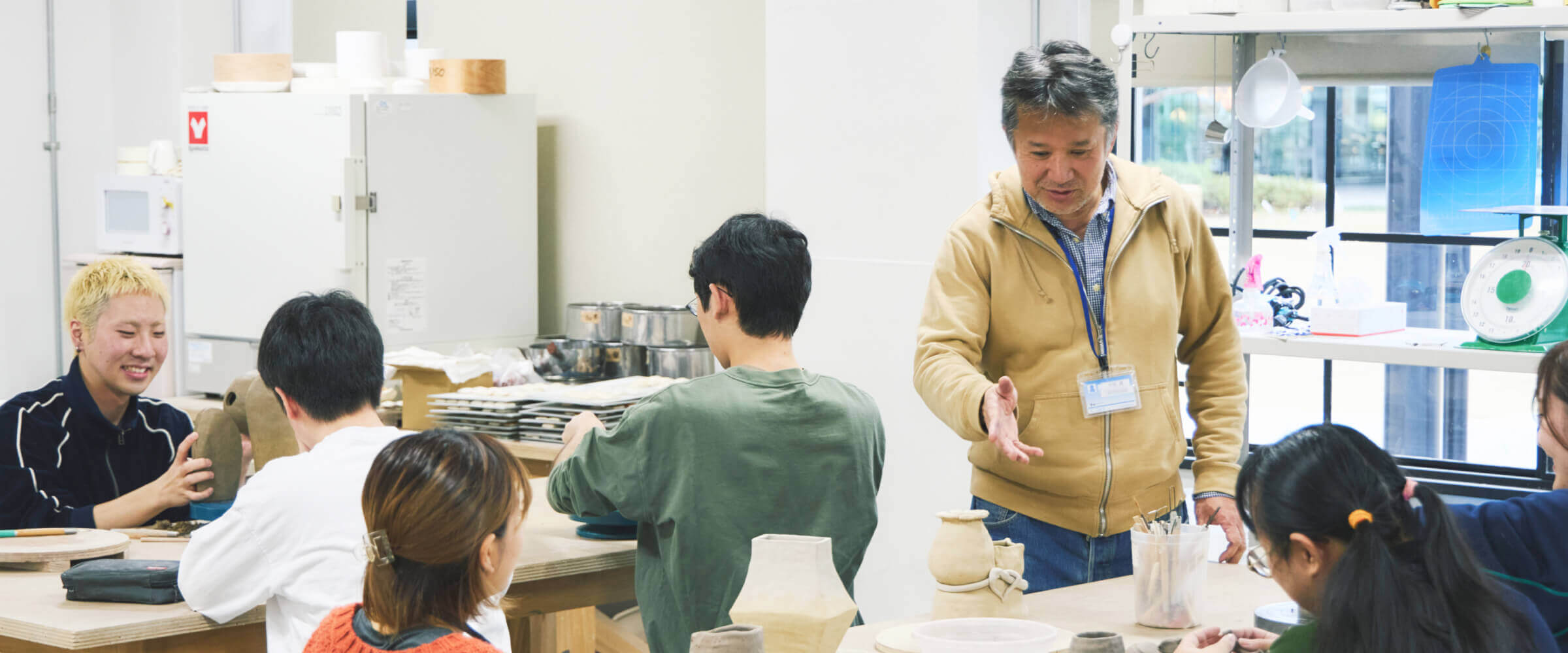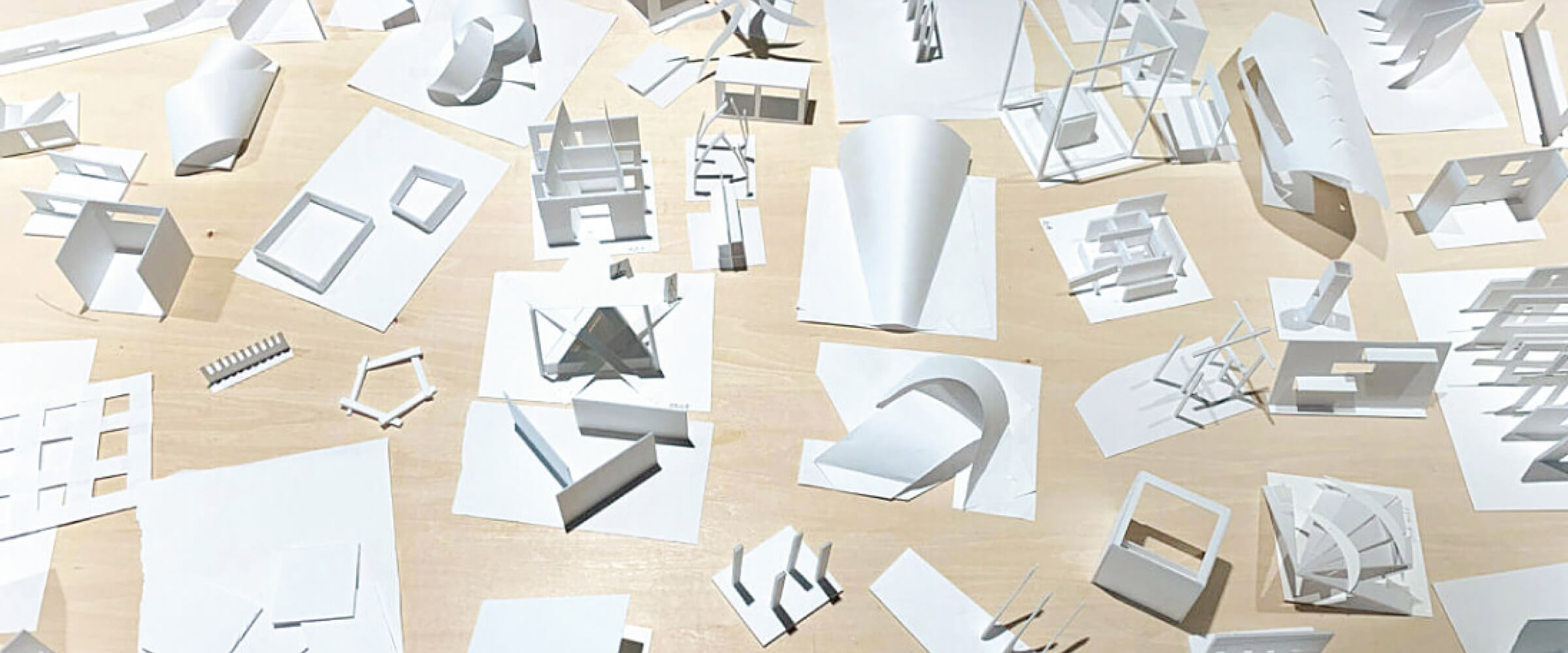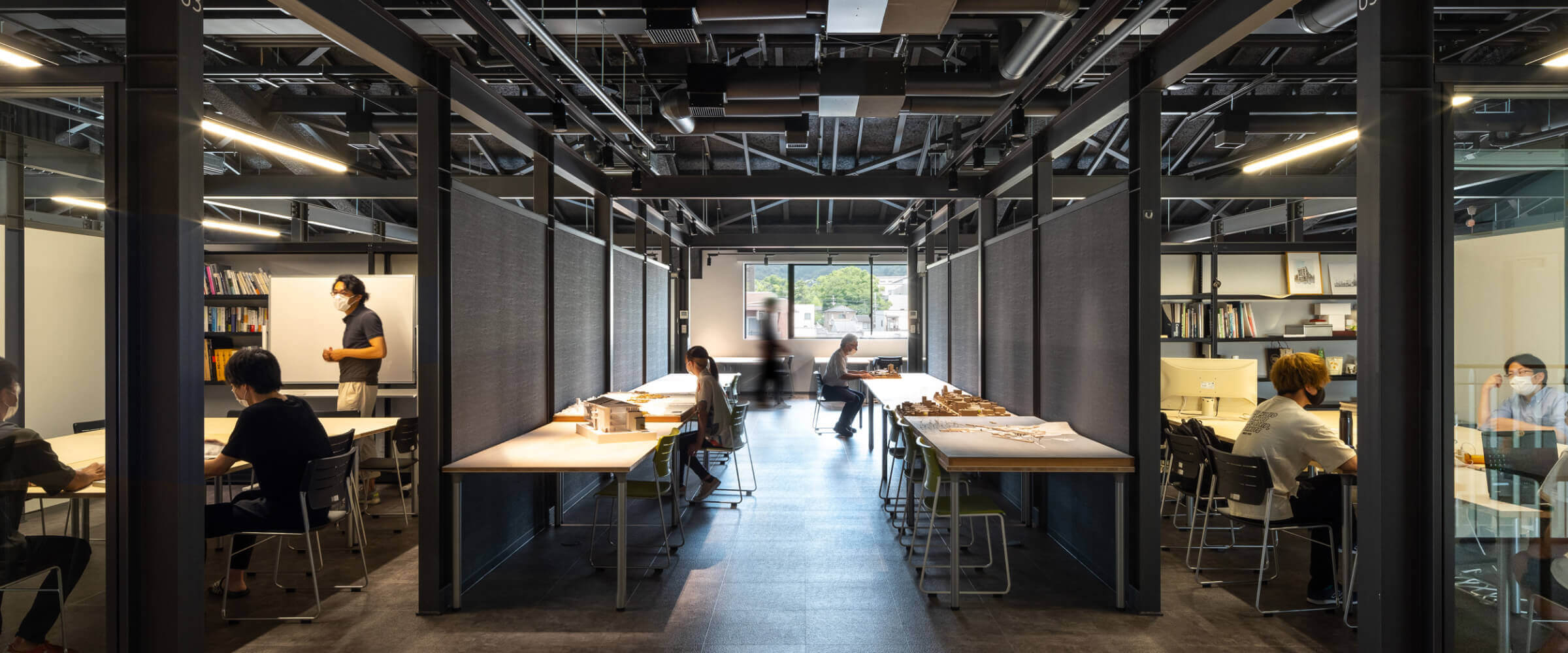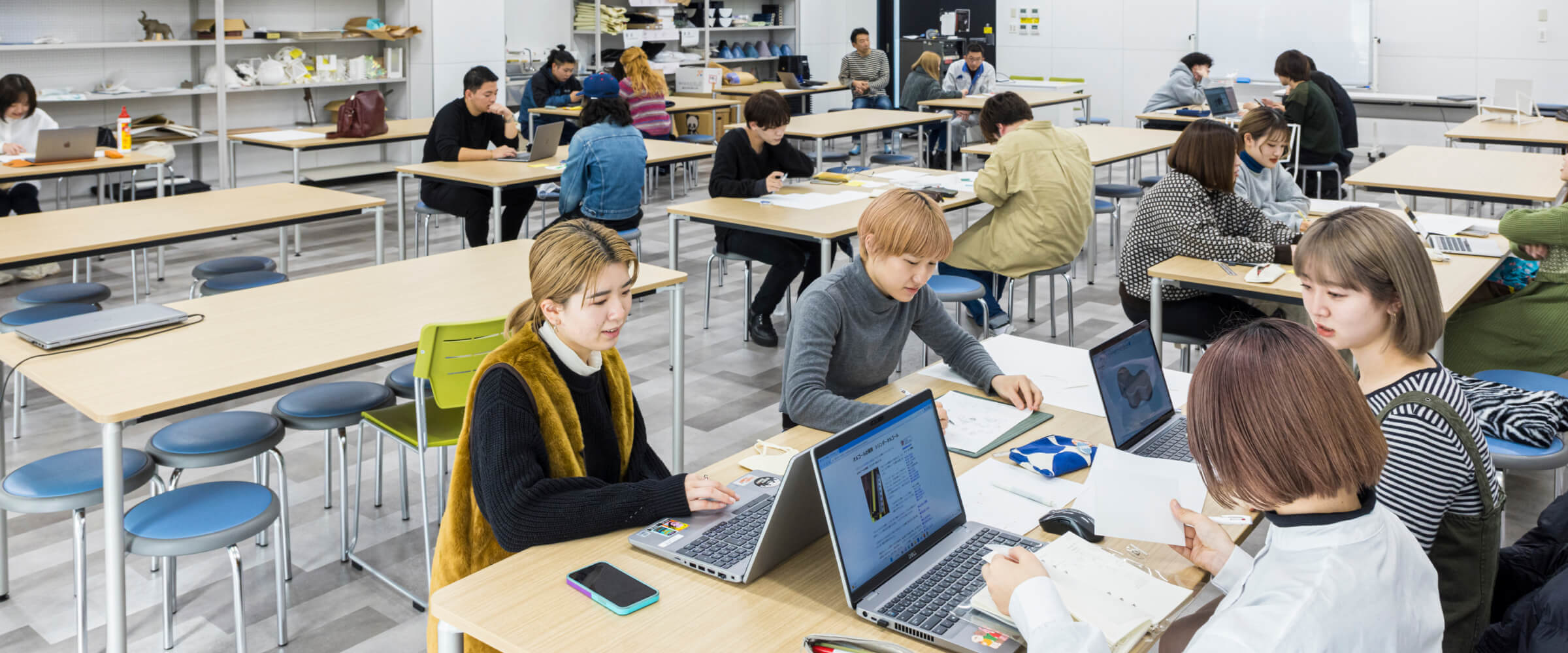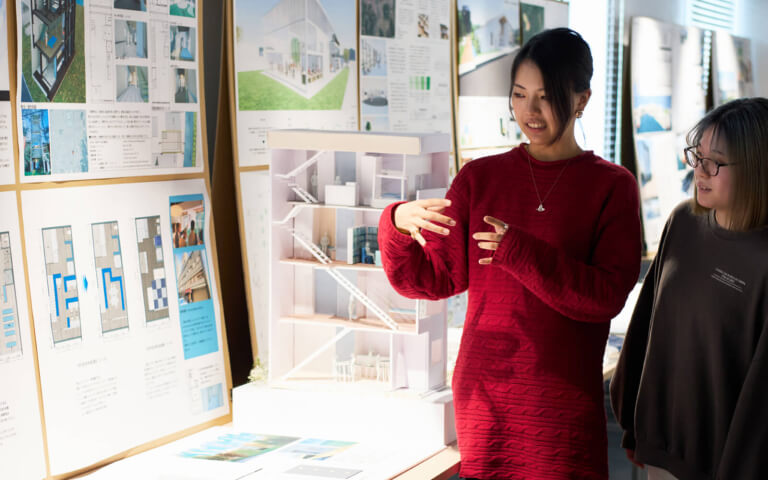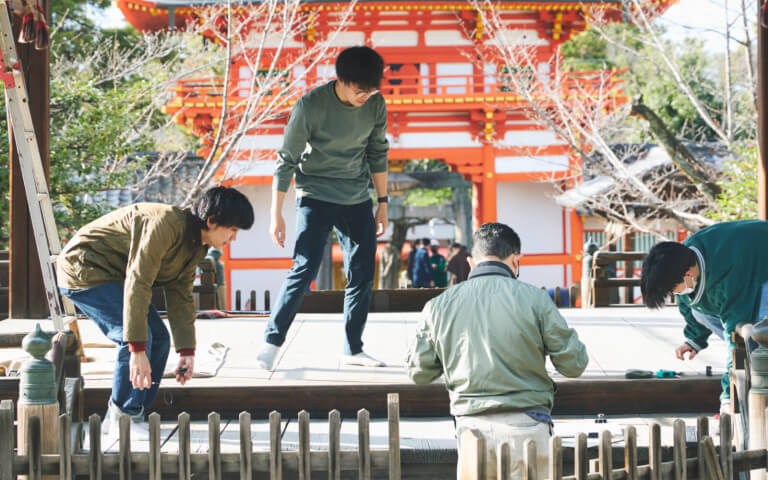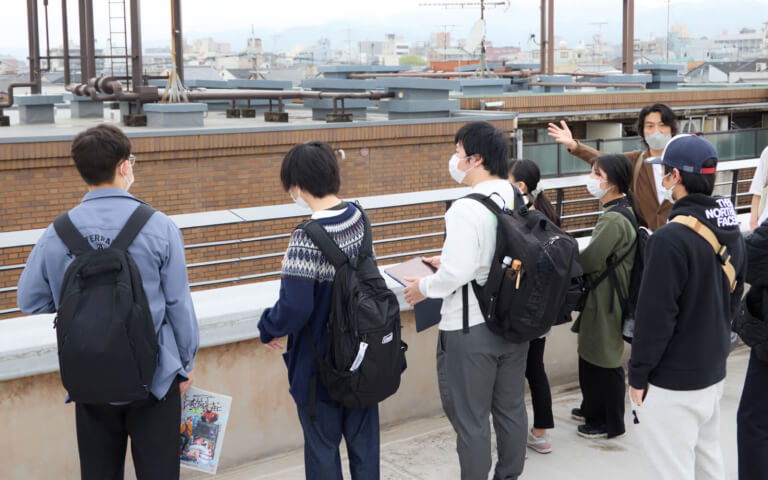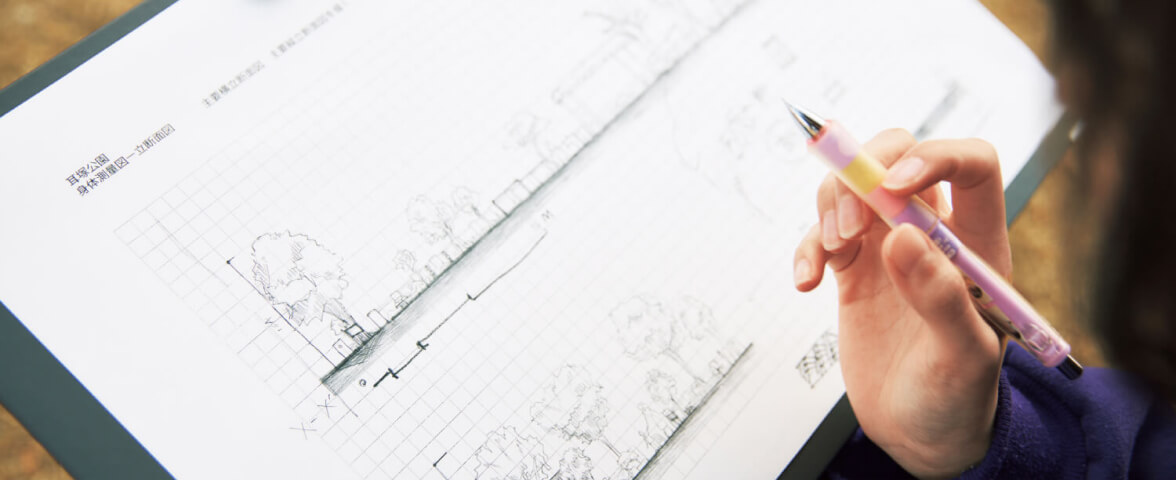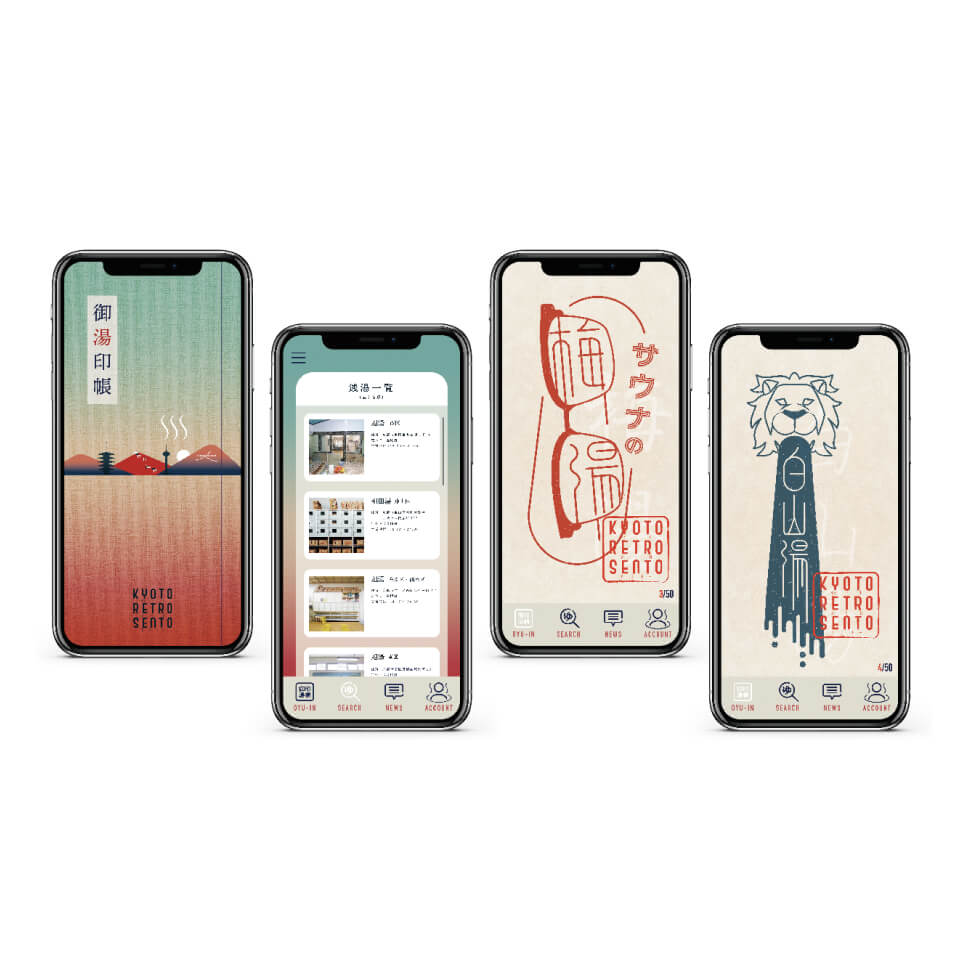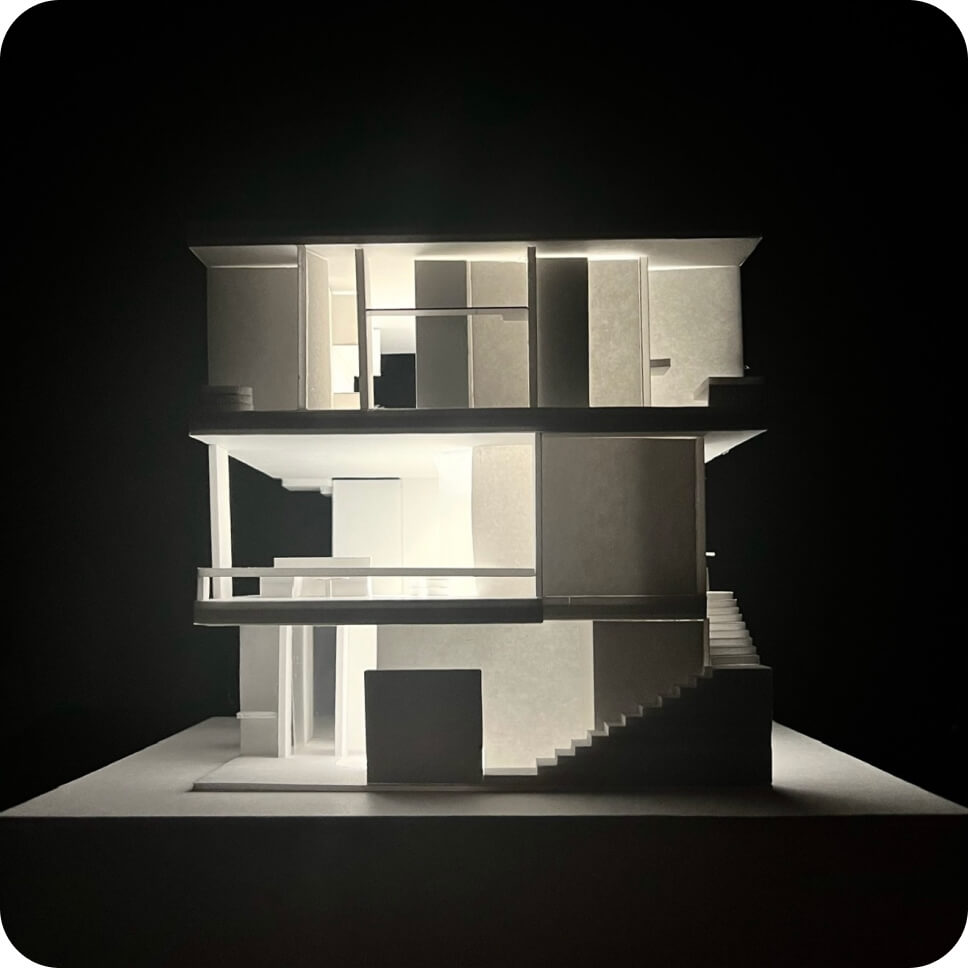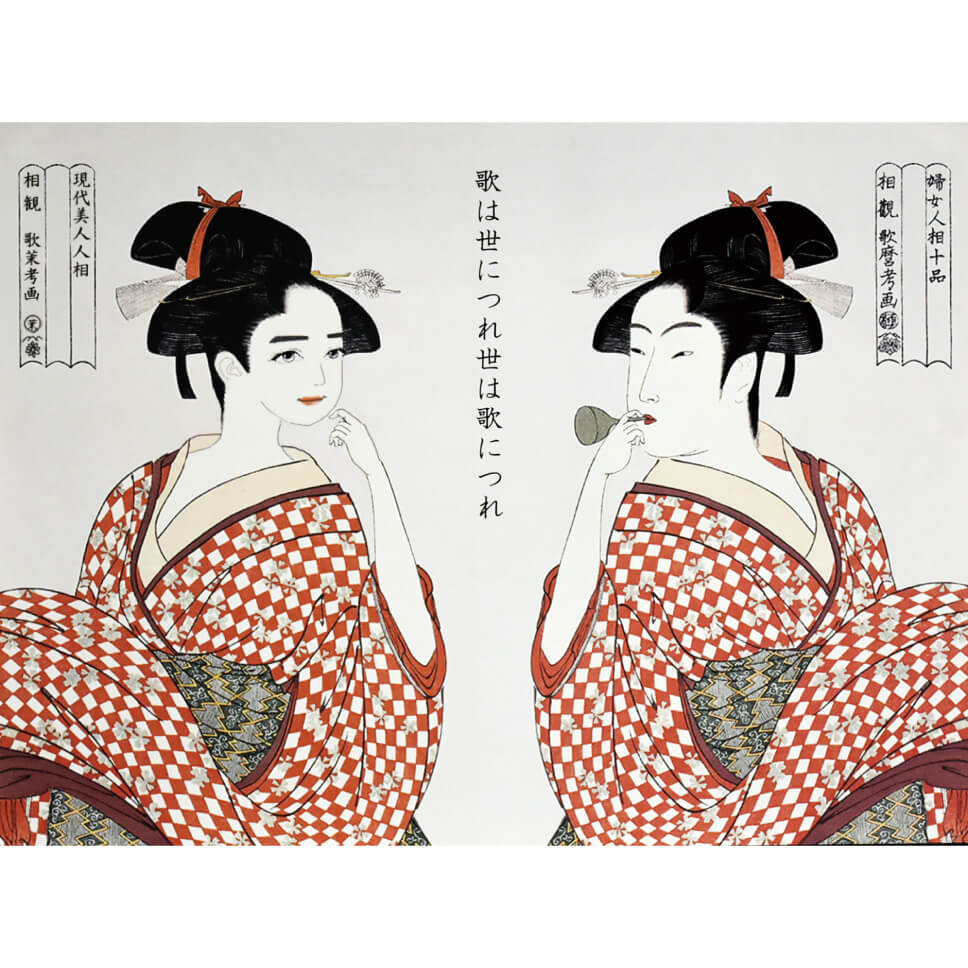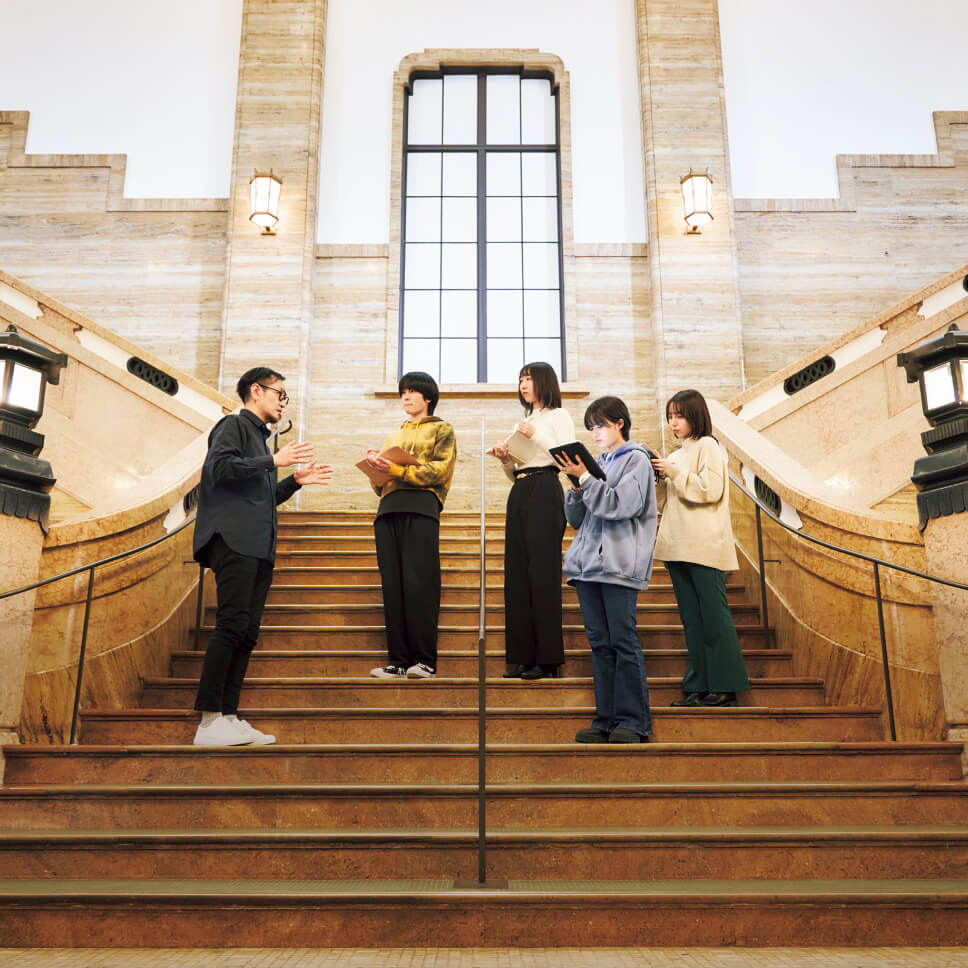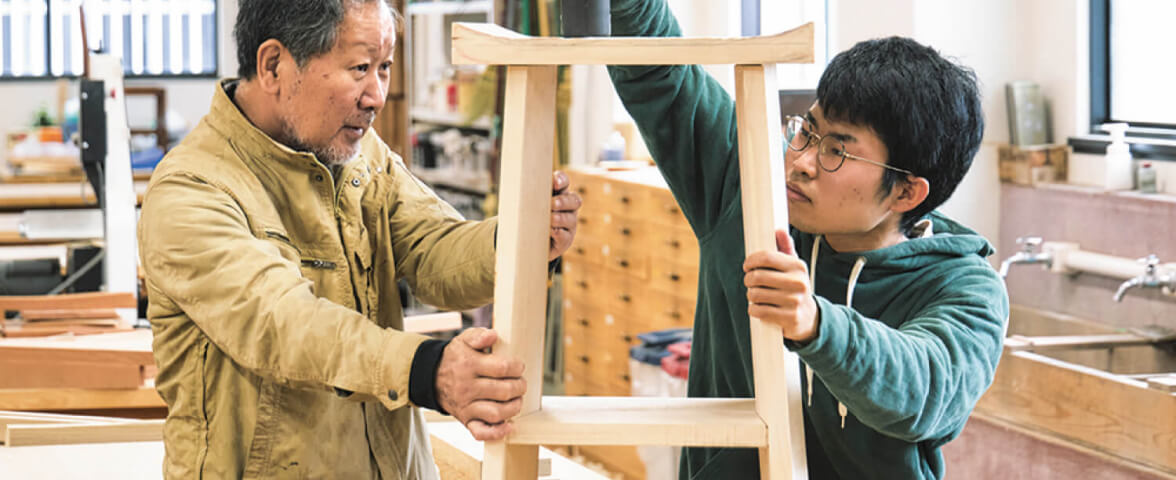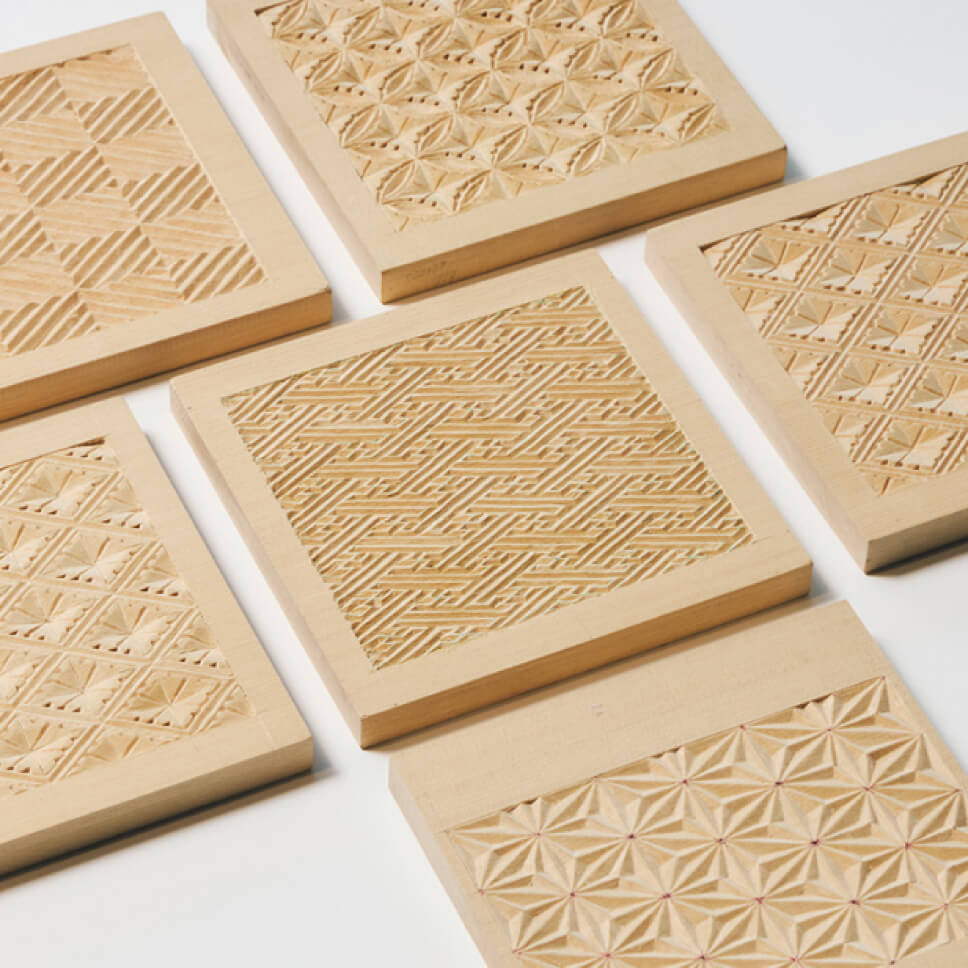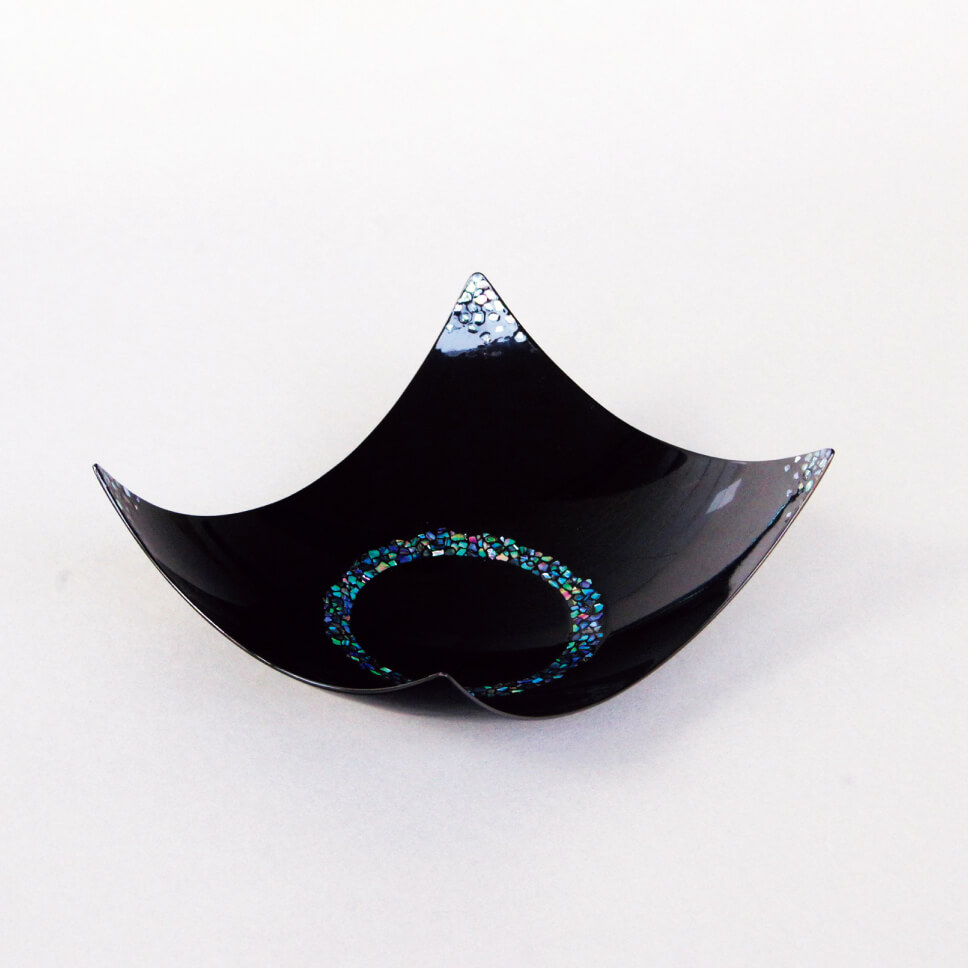About KYOBI
-Kyoto Arts and Crafts University-
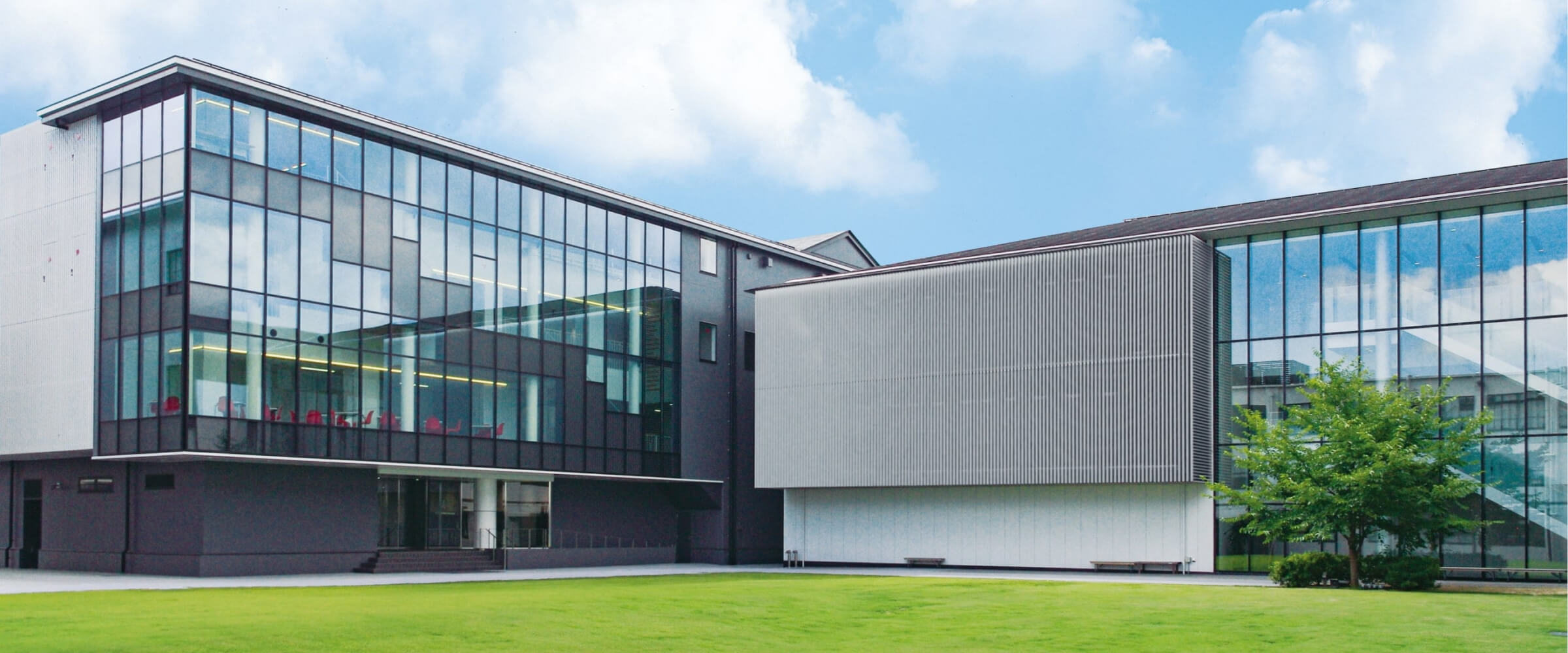
Kyoto Arts and Crafts University (KYOBI) is strategically located in Higashiyama, the heart of Kyoto, the center of Japanese culture. This university provides an immersive environment where students can engage deeply with culture and the arts. The Kyoto Higashiyama campus located on the former site of Teikyo Elementary School – one of Japan’s earliest elementary schools – is conveniently located within walking distance of Kyoto Station. The campus offers beautiful views of the Kamo River, the Higashiyama hills, and other scenic spots. Famous temples, shrines, and museums are within walking distance of the campus.
The campus’s facilities combine the renovated sections of the original elementary school buildings with new, modern structure, creating a comprehensive environment designed to meet the diverse needs of students studying the arts and architecture. In this exceptional setting, students can study art, architecture, design, and crafts from the ground up, develop practical skills, and continually improve themselves.
KYOBI also offers robust career services that enhance students’ prospects for professional employment upon graduation. The university offers programs that enable students to obtain useful qualifications in the industries, resulting in high employment rates in the specialized fields of architecture and arts.
The university’s distinctive educational system integrates various creative disciplines through a comprehensive curriculum focused on the arts, with a special emphasis on architecture and crafts. This approach aims to develop future talent with the sensitivity to meet the evolving demands of an increasingly international and diverse society, a flexible and empathetic imagination, and a solid foundation of knowledge and technical expertise.
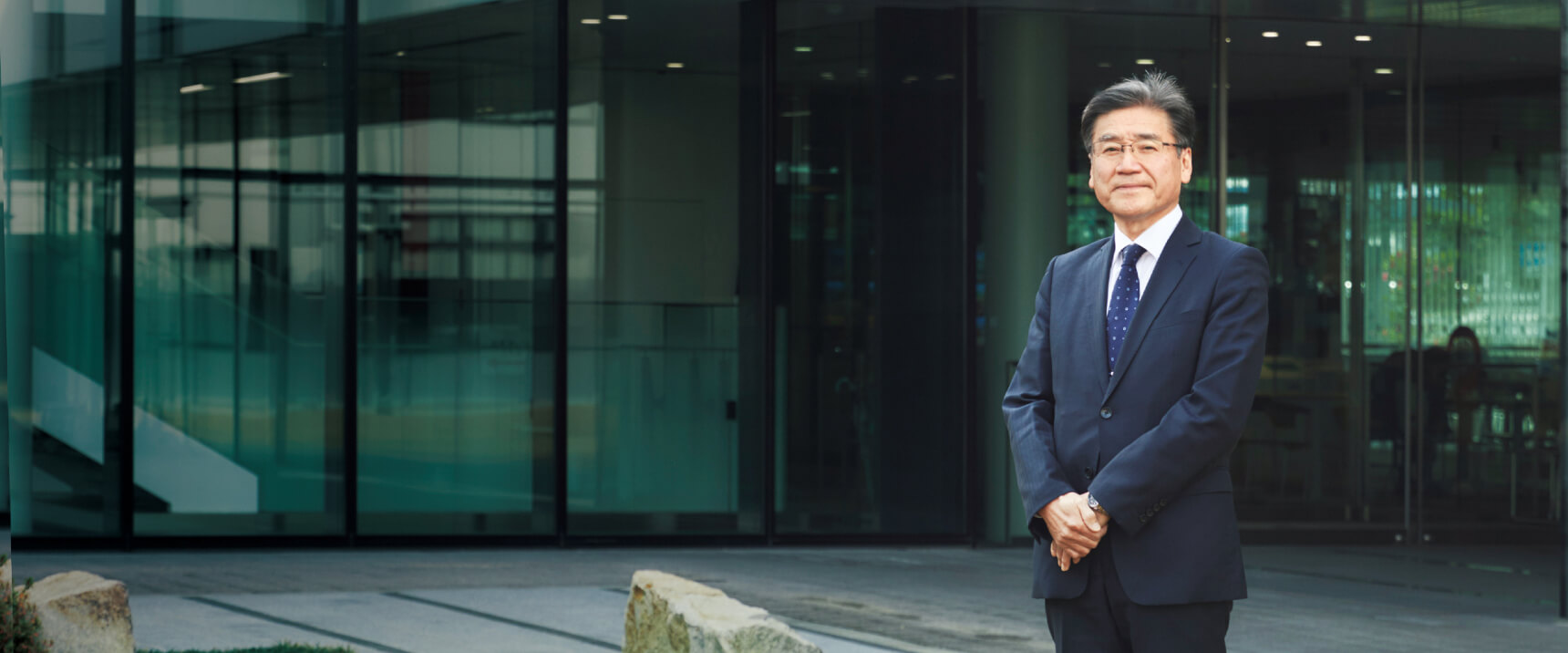
Message from the President
Kyoto Arts and Crafts University has established a distinctive educational system in Kyoto, a city now recognized as the “cultural capital” of Japan following the relocation of the Japanese Agency for Cultural Affairs. This system enables students to explore and integrate various creative disciplines through a comprehensive education that bridges architecture and the arts. The university’s approach is based on the principles of Germany’s Bauhaus, which has profoundly influenced modern architecture and design.
We launched the Faculty of Architecture in 2022, followed by the re-establishment of the Faculty of Arts in 2023. These developments have further clarified the respective roles of architecture and the arts within our curriculum and fostered an environment of enriched interaction between these fields.
A distinctive feature of our university is its emphasis on hands-on learning, which offers students a unique opportunity to prepare for and take the Architectural Qualifying Examination while still enrolled. This initiative, established since the university’s inception, reflects our commitment to equipping students with the skills necessary to make an immediate impact in society.
Our university provides a unique environment where students can experience the seamless integration of tradition and cutting-edge technology. This setting fosters the imagination and creativity essential for a society that values both. Students are guided to master the knowledge and skills needed to achieve “beauty” in artistic expression, “utility” in functionality and comfort, and “strength” in safety and security—qualities that are vital in the field of architecture. These principles are rooted in the teachings of Vitruvius, a Roman architect and engineer whose work De Architectura laid the foundation for classical architecture.
We want our graduates, whether they become architects, engineers, artists, or designers, to excel in Japan and on the global stage. We look forward to spending a fulfilling and meaningful time with all of you, our energetic and ambitious students. Let us believe in our potential and grow into individuals who will shape the culture and society of the future.
President of Kyoto Arts and Crafts University
Izuru Takewaki
Founding philosophy
In Kyoto, a city where the rich heritage of arts and crafts is deeply woven into the cultural fabric, we uphold a deep respect for traditional Japanese culture. Our mission is to provide education, conduct research in arts and crafts, and train talented individuals who will take responsibility for preserving and promoting cultural heritage. By cultivating educated professionals, we contribute to the overall development of the nation and society.
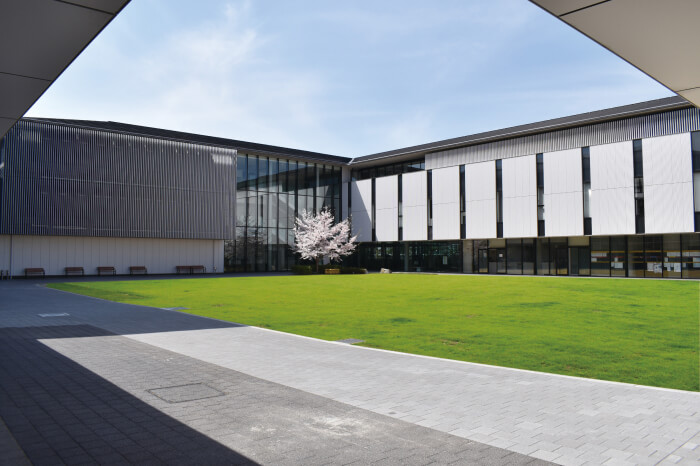
Educational Goals
Our educational goals focus on developing professionals with “Essential Competencies,” “Bachelor’s Degree Skills,” and “Professional Career Skills.”
Essential Competencies: As defined by the Ministry of Economy, Trade, and Industry, these are the basic skills necessary for individuals to thrive in society. They include “the ability to take initiative,” “critical thinking skills,” and “the ability to work collaboratively in teams.”
Bachelor’s Degree Skills: Outlined by the Central Council of Education, these skills enable graduates to function as well-educated citizens in their respective fields of study. They include “knowledge and understanding,” “general skills,” “attitude and intentionality,” and “broad learning experiences and creative thinking skills.
Professional Career Skills: Through four years of focused career guidance, students acquire the specialized knowledge and skills necessary to excel in their chosen careers. This knowledge and skills are developed through a curriculum integrating academic learning with practical application.
Our educational approach emphasizes the development of three core qualities:
Knowledge and skills in architecture, art, design, and craft
Ingenuity for social recognition
Foresight to shape the future of architecture and the arts
These qualities emerge from the complex interplay of Essential Competencies, Bachelor’s Degree Skills, and Career Professional Skills. The individuals shaped by this holistic educational process will become leaders in the fields of architecture and the arts. They will possess not only professional skills and knowledge, but also the humanistic qualities that are valued in society. To achieve these educational goals, our faculty and staff work collaboratively with all students, fostering an environment of mutual growth and learning.
Academic Departments
Faculty of Architecture, Department of Architecture
Studying Architecture in Kyoto: Where Cutting-Edge Technology Meets Tradition
Kyoto offers a unique and ideal environment for studying architecture, where the coexistence of cutting-edge technology and rich tradition provides an unparalleled learning experience. Students have the opportunity to explore both contemporary architectural achievements and traditional structures, including ancient shrines, temples (many of which are World Heritage Sites), and historic wooden townhouses. This fusion of the modern and the traditional makes Kyoto an exceptional place for architectural education.
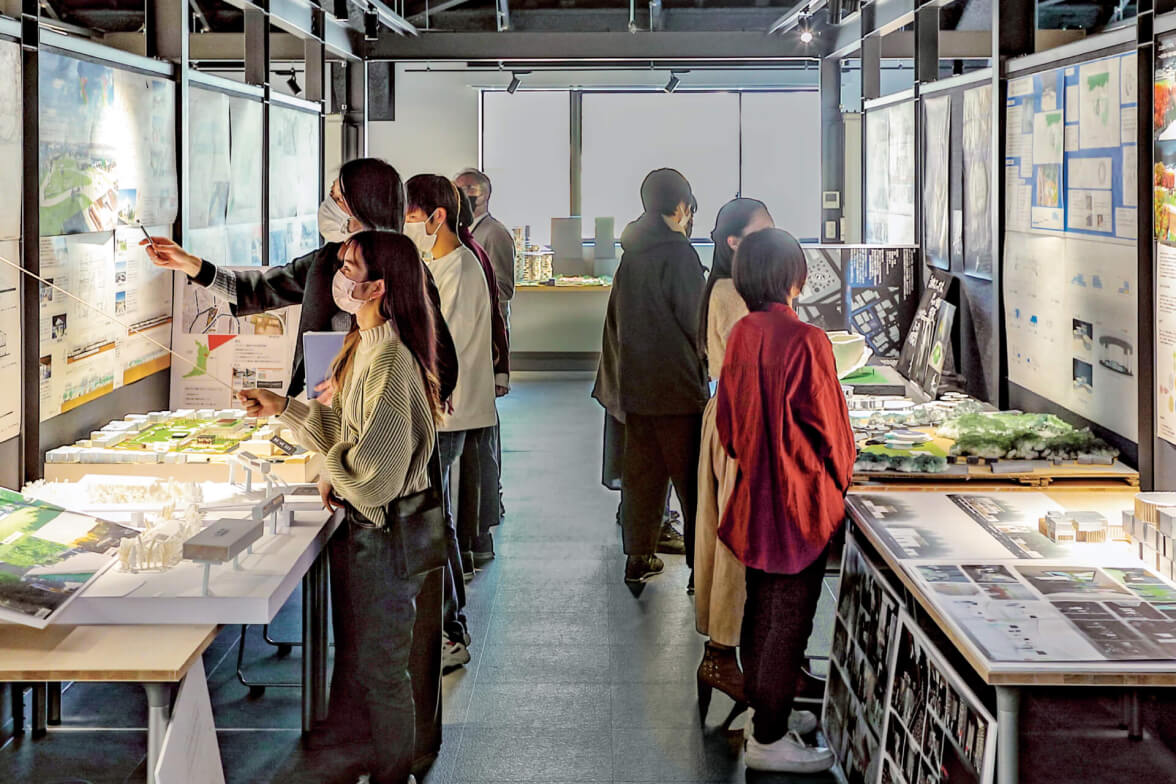
Points and Merits
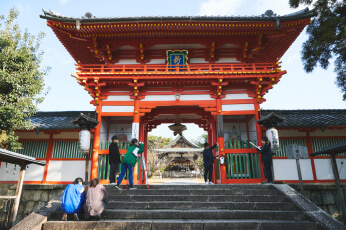
Integrated Training in Architectural Design and Traditional Architecture
During the first three years of the program, students engage in an interdisciplinary curriculum that encourages them to explore new possibilities within the field of architecture. By gaining a broad understanding of both traditional and modern architectural practices, students are empowered to discover and develop innovative approaches in their own work. This integrated education fosters a deep appreciation of architectural heritage while empowering students to push the boundaries of contemporary design.
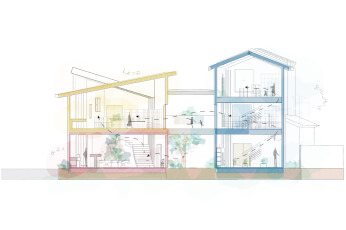
Emphasis on Sketching and Drawing Skills at an Art School
A key benefit of studying architecture at an art school is the emphasis on architectural design, as opposed to the engineering-oriented focus of other university architecture departments. Here, students cultivate a rich sensibility, creativity, and drawing skills essential to a successful career as an architect. In addition to these artistic skills, students gain proficiency in modern computer technologies such as CAD (Computer-Aided Design) and BIM (Building Information Modeling), ensuring that they are well equipped for the demands of the architectural profession.

Achievement in Architect License Acquisition
Students attending both Kyoto Arts and Crafts University (KYOBI) and Kyoto Architectural Super College of Design (KASD) have the unique opportunity to sit for the governmental exams required to obtain an architect license while still enrolled in college. This achievement underscores the rigorous and comprehensive nature of the education provided, allowing students to advance their professional qualifications even before graduation.
3 Field
-

Architectural
designArchitectural Design, Urban Design, Interior Design, Landscape Design, and Environmental Design
Our program is dedicated to developing students’ ability to envision the future while honing the knowledge and skills necessary to bring those visions to life. Architecture has the transformative power to improve the lives of individuals and society as a whole. By exploring a wide range of topics, from interior design to urban planning, we provide an education that enables students to meet the evolving needs of society and create designs that are both beautiful and enriching.
-

Traditional
architectureTemples and Shrines, Machiya and Minka, Sukiya, Tea Houses and Cultural Buildings
Our curriculum provides a comprehensive education in traditional architecture, enabling students to systematically acquire the knowledge and skills necessary for this specialized field. We focus on the preservation and use of various types of historical structures, including temples and shrines, and traditional private houses such as Machiya and Minka, tea houses, and shoin architecture. In addition, our program covers the preservation of historical buildings from the Meiji and Taisho periods, as well as the preservation of ruins and urban landscapes. Through this training, students gain the expertise needed to protect and revitalize these cultural treasures.
-

Crossing
the fieldsCommunity Development, Preservation, Renovation and Architectural Structure
We explore new possibilities in architecture by integrating “tradition” with “cutting-edge” innovation. Recognizing the deep connection between architecture and society, our program focuses on creating enriched living environments and attractive urban spaces. By blending the study of “architectural design” with “traditional architecture,” we cultivate a forward-looking perspective that equips students to respond to diverse social dynamics and contribute meaningfully to community development, preservation, and renovation efforts.
Faculty of Arts, Department of Design and Crafts
Become a creator of new cultural paradigms through innovative approaches in the field of design and craft.
The Department of Design and Crafts offers two distinct fields of study: Design and Crafts. The Design program consists of four courses, while the Crafts program consists of three courses.
The Design program is very practical. Students begin with a foundation course that covers the basics of various design disciplines. After this foundation year, they choose a specific course as their major in their second year. This hands-on approach prepares them to respond to societal needs and trends in the creative landscape.
In the Crafts program, students choose one of three courses as their major. However, during their first year, they also receive hands-on training in the fundamentals of another course outside of their major. This approach broadens their understanding of the craft and enhances their overall expertise.
In all courses, the curriculum is designed to develop students’ ability to respond to societal needs and trends, ensuring that they are well prepared to meet the demands of today’s creative landscape.
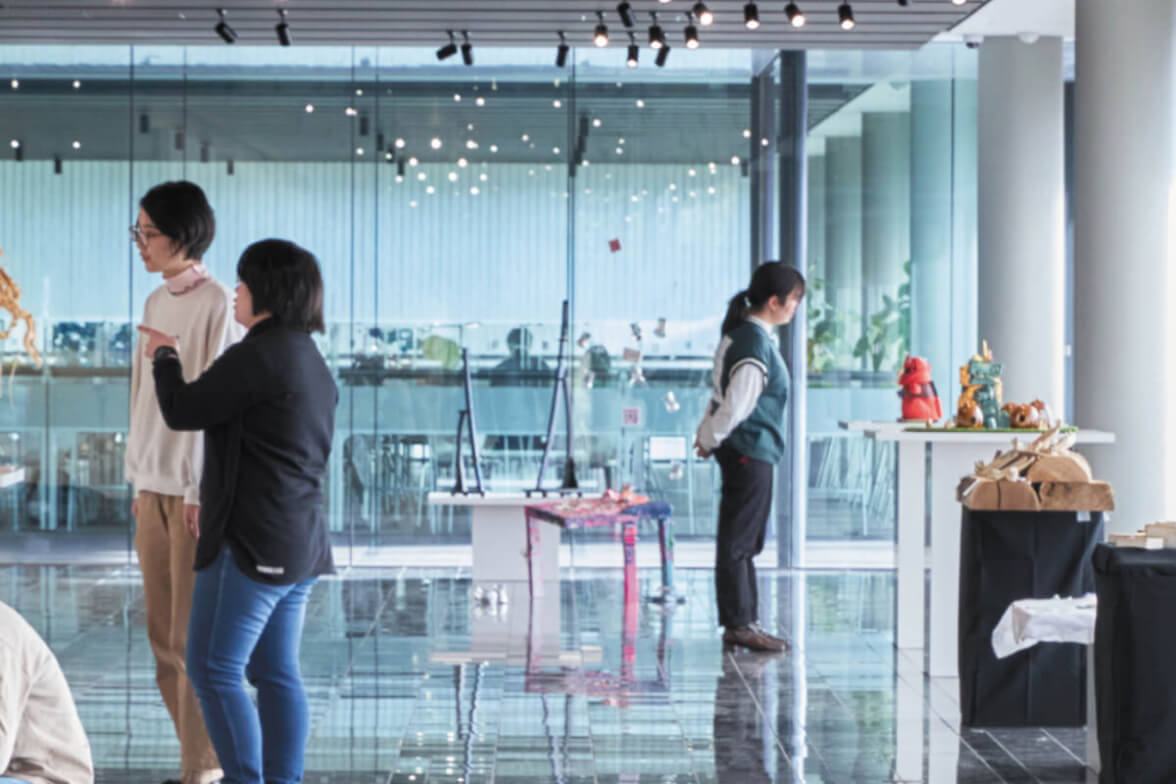
Points and Merits
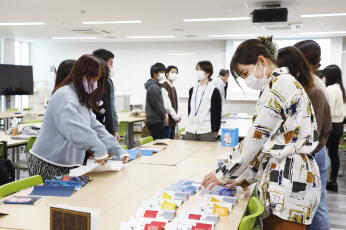
Focus on First-Year Orientation
All students participate in a comprehensive introductory education program from their freshman year through the first semester of their sophomore year. This includes the Art Introduction Training Program and the Basic Fine Art Training Program, part of a unified curriculum that covers the fundamentals of design and craftsmanship.
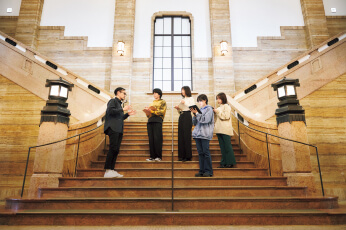
Advanced Computer Skills Through Extensive CG Classes
Students gain advanced computer skills through in-depth instruction in drawing and image manipulation using 2D graphics and 3D modeling software. This training equips them with the latest capabilities, including 3D and CG skills essential for contemporary design practices.
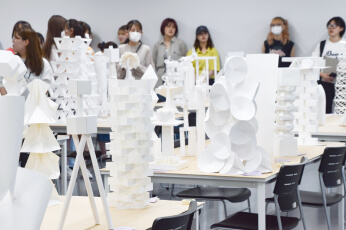
Engage in projects and develop problem-solving techniques
During their time at the university, students have the opportunity to participate in various projects in collaboration with local organizations and companies. These projects provide hands-on experience in solving real-world problems through iterative trial-and-error processes, enhancing their problem-solving skills.
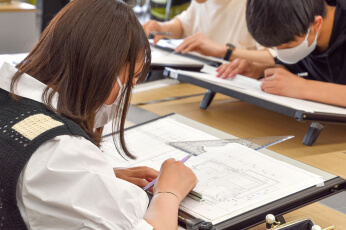
Supporting Design Skills Programs
In addition to developing strong design skills, students can earn several professional design credentials while still in school. These include certifications such as Interior Planner, Interior Designer, and the national designation of Certified Architect (Class 2). Earning these credentials greatly enhances students’ career opportunities.
2 Field
-

Design Program
4 Courses
Visual Design Course
 Visual Design CourseIllustration/Graphic Design/Image and CG Design
Visual Design CourseIllustration/Graphic Design/Image and CG DesignThis program focuses on “design for visual communication” and encourages students to explore innovative expressions that are forward-thinking while deeply informed by contemporary insights. Students will explore their unique creative identities, enhance their expressive abilities, and acquire essential communication and presentation skills to effectively communicate their ideas to others.
Interior and Space Design Course
 Interior and Space Design CourseInterior Design/Spatial Design/Furniture Design
Interior and Space Design CourseInterior Design/Spatial Design/Furniture DesignThis course emphasizes a deep understanding of the relationship between space and the elements that interact within it – people, objects, and contexts. Students learn how to create spaces that balance beauty and functionality. The curriculum covers various stages of the design process, including concept development, planning, and presentation, and equips students with the skills necessary to design spaces that function at a high level.
3D Design and Art Course
 3D Design and Art CourseCraft Design/Product Design/Artistic Expression
3D Design and Art CourseCraft Design/Product Design/Artistic ExpressionIn this course, students engage in creative activities centered on Japanese culture, ranging from traditional to contemporary media culture, including both mainstream and subcultures. Through this exploration, students develop a refined sense of form and creativity while gaining a broad understanding of design and art concepts and methods. This course aims to cultivate a unique cultural sensibility and innovative thinking.
Cultural Heritage Information Design Course
 Cultural Heritage Information Design CourseTourism Design/Exhibition Design/Planning and Curation
Cultural Heritage Information Design CourseTourism Design/Exhibition Design/Planning and CurationThis course is dedicated to sharing the charm and significance of Kyoto’s cultural heritage. Students work on various tasks including planning, design output, curation, editing, exhibition design, restoration and conservation. The curriculum equips students with the skills to effectively communicate and disseminate Japanese cultural resources, including cultural properties, to domestic and international audiences.
-

Craft Program
3 Courses
Ceramic Course
 Ceramic CourseLifestyle Crafts (Seikatsu Kogei)/Artworks/Ceramics Theory and Experiment
Ceramic CourseLifestyle Crafts (Seikatsu Kogei)/Artworks/Ceramics Theory and ExperimentThis course is dedicated to exploring original expression in ceramics through a solid foundation of technique and knowledge. Contemporary Japanese ceramics are highly regarded on the world stage and offer diverse forms of expression. Students will learn to master these techniques so that they are free to create works according to their personal preferences, whether as traditional crafts (Kogei), new lifestyle crafts (Seikatsu Kogei), works of art, or contemporary art pieces.
Woodworking and Wood Carving Course
 Woodworking and Wood Carving CourseFurniture/Wood Sculpture/Wood Products
Woodworking and Wood Carving CourseFurniture/Wood Sculpture/Wood ProductsThis course immerses students in a variety of woodworking techniques, including sashimono (joinery for furniture and boxes), kurimono (carving figures from wood blocks), hikimono (turning to create curved objects), and wood carving. The curriculum is designed to cultivate the ability to create innovative woodwork using wood, a material that is both traditional and familiar, in new and creative ways.
Japanese Lacquerwork Course
 Japanese Lacquerwork CourseLifestyle Crafts/Artwork
Japanese Lacquerwork CourseLifestyle Crafts/ArtworkThis course focuses on creating beauty for the future using natural materials, specifically Japanese lacquer. Japanese lacquer, a resin secreted by the urushi tree, has been used in Japan for centuries in a wide range of applications, from practical everyday items to luxurious decorative objects. The course emphasizes the use of this sustainable, environmentally friendly material and encourages students to consider its role in creating a sustainable future while preserving traditional practices and innovating new ones.
Graduate School of Architecture, Major of Architecture
Rooted in Kyoto with a global outlook
Located in the historic city of Kyoto, our graduate school conducts unique research that is deeply rooted in the city’s rich cultural heritage while meeting the demands of today’s global society.
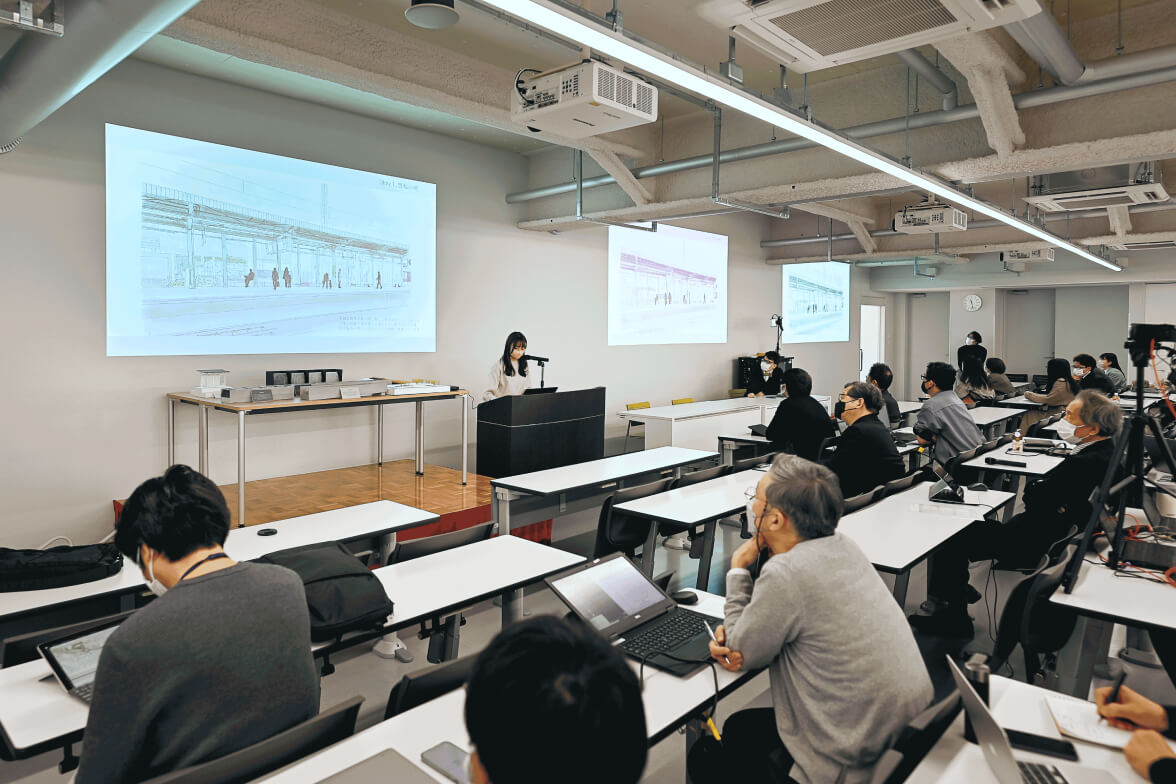
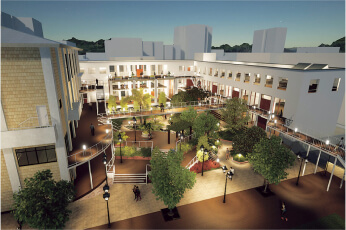
Developing Theoretical Knowledge and Practical Application
The primary goal of this graduate program is to produce “highly specialized professionals” who possess advanced theoretical knowledge and the ability to apply these skills in practical contexts. This focus ensures that graduates are well prepared to excel in their professional careers.
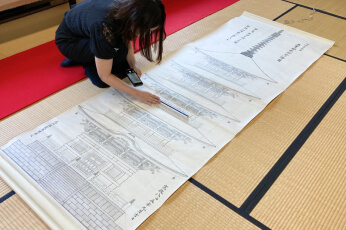
Interdisciplinary and Unconventional Research Orientation
We offer a wide range of liberal arts courses that promote the acquisition and understanding of Japanese history and culture. In addition, the program offers numerous opportunities for field research and architectural visits. This approach fosters education and research that equip students with the skills to succeed in a variety of architecture-related fields, including architectural design, construction, and the conservation and restoration of cultural assets.

Architecture education with an international focus
To meet international standards of architectural education, which typically require at least five years of university education, we have established a six-year integrated education system. This system is a collaboration between the undergraduate and graduate programs and is designed to prepare students for success on a global stage.
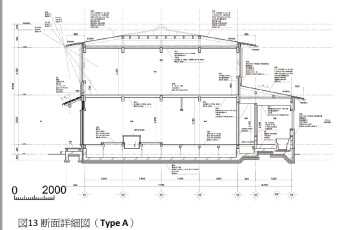
Specialized education for professionals with work experience
For those who have entered the workforce after completing their undergraduate studies, our program offers further specialized education, enabling them to enhance their expertise and continue to contribute to society as highly specialized professionals.
Campuses and Facilities

Kyoto Higashiyama Campus (Main Campus)
272 Kamihorizumecho, Higashiyama-ku, Kyoto, 605-0991, Japan
Tel. 075-525-1515
Email: nyugaku@kyobi.ac.jp
Kyoto Sonobe Campus
1-1Nihonmatsu, Sonobe-cho, Nantan-shi, Kyoto, 622-0041, Japan
Japan Railway, Sonobe Station, right outside
(Sonobe Station is about 40 minutes from Kyoto Station)
Gallery of Kyoto Traditional Arts and Crafts
A dedicated space showcasing the rich heritage of Kyoto’s traditional arts and crafts.
Web site
